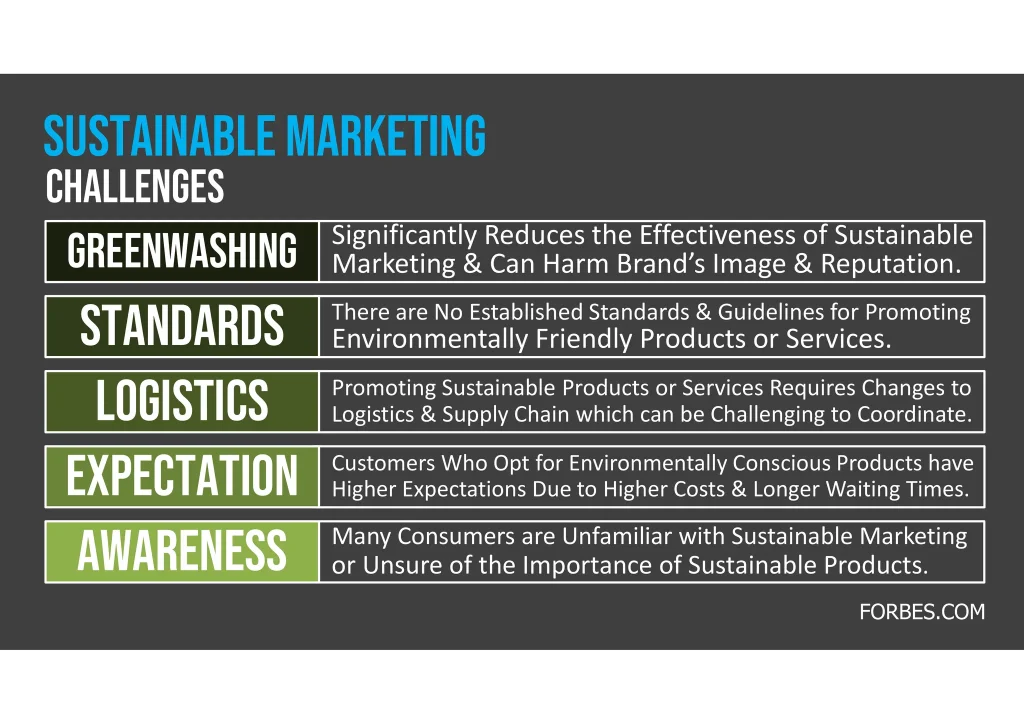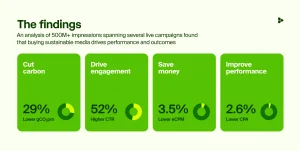Sustainable Marketing: Beyond the Green Hype

Let’s be honest. We’ve all seen it. A company slaps a green leaf on its packaging, talks about “saving the Earth,” and calls it a day. It feels good, for a minute. But then you start to wonder—is this the real deal, or just another coat of green paint?
That’s the old way. The new way, the sustainable marketing way, is different. It’s not a campaign; it’s a core business strategy. It’s about building a brand that doesn’t just talk about responsibility but bakes it into its very DNA. It’s marketing that actually feels… marketable, because today’s consumers are smarter than ever. They can spot a fake from a mile away.
What is Sustainable Marketing, Really?
At its heart, sustainable marketing is the practice of promoting products, services, and brand values based on their real environmental and social benefits. It’s a shift from selling stuff to selling solutions and values.
Think of it like this. Traditional marketing is a megaphone, blasting a message as loud as possible. Sustainable marketing, on the other hand, is a conversation. It’s listening, adapting, and building a community around shared principles. It acknowledges that a company has a role to play in the world that goes far beyond its profit margin.
The Pillars of an Authentic Eco-Friendly Campaign
So, how do you build a campaign that doesn’t crumble under the slightest scrutiny? It starts with these core pillars. You know, the non-negotiables.
1. Radical Transparency
This is the big one. Don’t just highlight your successes; be upfront about your challenges. Are your shipments carbon-neutral? Great! But are you still working on your supply chain’s plastic use? Say that, too. Consumers respect honesty. They know perfection is impossible, but they demand progress.
2. Product as Hero
Your marketing should be an extension of your product’s sustainable attributes, not a distraction from them. If you’re selling shoes made from recycled ocean plastic, the story is incredible—but the shoes still need to be comfortable and stylish. The sustainability is a feature, a bonus, the “why” behind your brand, but the product itself must deliver.
3. Purpose-Driven Storytelling
Facts tell, but stories sell. This is where you can really connect. Instead of just listing statistics about waste reduction, tell the story of the artisan who crafts your products, or the specific coastline your clean-up initiative is helping. Make it human. Make it tangible.
Avoiding the Greenwashing Trap
Greenwashing is the boogeyman of sustainable marketing. It’s the gap between what you say and what you do. And it will destroy trust in an instant. Here’s how to steer clear.
First, be specific. Vague terms like “eco-friendly” or “all-natural” are meaningless without context. What does that mean? Compared to what? Use concrete, verifiable language.
Second, ensure your claims are proportionate. If 5% of your product line is sustainable, don’t market your entire brand as the savior of the planet. That’s a surefire way to get called out. Focus on the 5%, be proud of it, and explain how it’s a step toward a larger goal.
And third—this is crucial—align your entire operation. Your marketing team can’t be preaching sustainability while your operations team is dumping toxic waste. It has to be a company-wide commitment. The left hand has to know what the right hand is doing, and they both need to be pulling in the same direction.
Campaigns That Got It Right
Let’s look at a few examples that, well, just work. They feel authentic because they are.
Patagonia: “Don’t Buy This Jacket”
A classic. In a bold move against Black Friday consumerism, Patagonia ran an ad telling people not to buy their product unless they really needed it. It was a powerful statement about conscious consumption that perfectly aligned with their brand’s lifetime repair philosophy. It built immense loyalty by valuing the planet over a quick sale.
IKEA: People & Planet Positive
IKEA made sustainability accessible. Their strategy isn’t a single campaign; it’s a woven-through promise. They communicate clear, ambitious goals—like becoming a circular business by 2030—and they show the steps: selling renewable energy, designing for disassembly, and using only renewable or recycled materials. It’s a masterclass in long-term, transparent sustainable brand communication.
Measuring What Matters
You can’t manage what you don’t measure. Moving beyond vanity metrics like “likes” and “shares” is essential. Here are some key performance indicators for your sustainable marketing efforts.
| What to Measure | Why It Matters |
| Carbon footprint reduction from initiatives | Shows tangible environmental impact. |
| Customer surveys on brand trust & perception | Measures if your message is building real loyalty. |
| Increase in sales of sustainable product lines | Proves that your values are driving commercial success. |
| Waste diverted from landfill through programs | A concrete, positive outcome you can share. |
| Employee engagement in sustainability programs | Happy, engaged employees are your best ambassadors. |
The Future is Green, and It’s Good Business
This isn’t a passing trend. It’s the new baseline. A sustainable marketing strategy is quickly becoming table stakes for any brand that wants to remain relevant. The next generation of consumers isn’t just asking for this; they’re demanding it. They vote with their wallets.
And the beautiful part? When done with authenticity, it’s not a cost center. It’s an engine for innovation, for customer loyalty, and for building a business that’s truly built to last. It forces you to look at everything—from your supply chain to your packaging to your partnerships—with a fresh, critical, and ultimately more creative eye.
So the question isn’t really if you should adopt sustainable marketing practices. The market is already answering that for you. The real question is how deeply you’re willing to commit, how transparent you’re willing to be, and what story you’ll tell along the way. The brands that get it right won’t just be selling products; they’ll be building a legacy.



